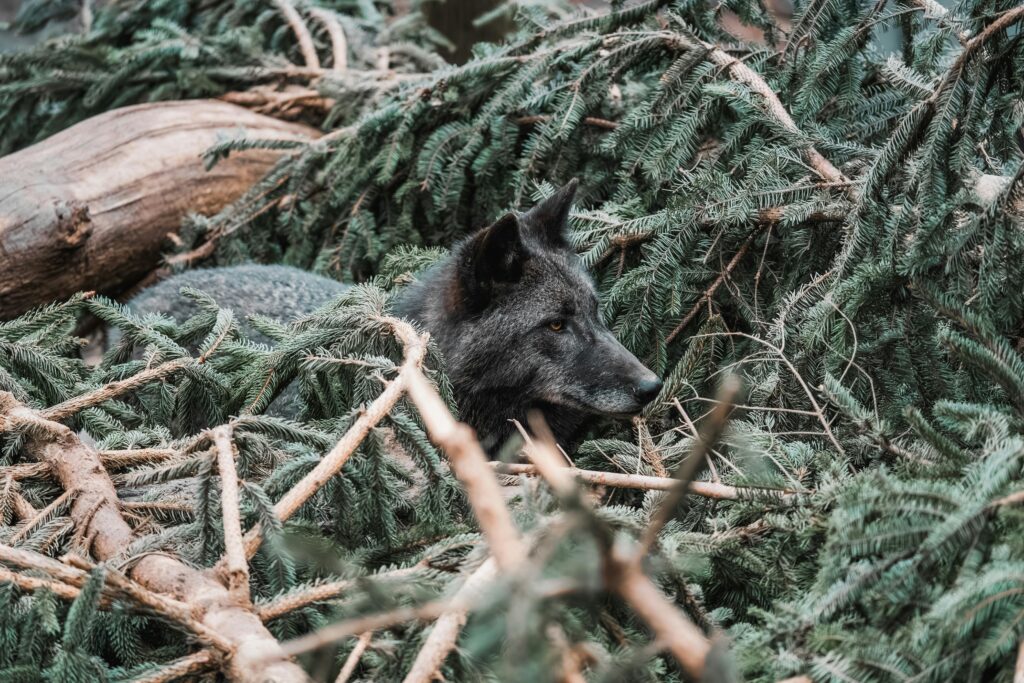Wildlife in Europe: ancient lands, modern wildlife

Wolf Hunting
When you think of Europe, you might picture castles and cafés, cathedrals and crowded squares. But there’s another Europe — quieter, older, wilder. It lives in the howl of wolves drifting through alpine forests. In the slow step of a bison across a misty meadow. In the silent glide of a lynx between snow-laced trees. This is a continent that still remembers its wild roots — not in faraway jungles, but in its own backyard.
Europe’s wildlife may not be loud, but it’s layered — shaped by centuries of coexistence, resilience, and return. Forests that were once cleared are growing back. Species once pushed to the edge are finding their way home. And for those willing to look beyond the postcard version, Europe offers encounters that feel deeply personal: a red deer crossing a trail at dusk, a golden eagle circling a cliff, a brown bear padding silently through the Carpathians.
From the windswept coasts of Scotland to the cork forests of Spain, from Norway’s Arctic wilds to the wetlands of the Danube Delta, Europe is still wild — just in its own, quiet way. It doesn’t shout for your attention. It invites you in slowly. And if you follow, you’ll find that behind the history, behind the cities and stories, nature is still there — breathing, watching, returning.
This is the Europe not everyone sees. But once you do, it changes everything.
Europe’s wildlife may not be loud, but it’s layered — shaped by centuries of coexistence, resilience, and return. Forests that were once cleared are growing back. Species once pushed to the edge are finding their way home. And for those willing to look beyond the postcard version, Europe offers encounters that feel deeply personal: a red deer crossing a trail at dusk, a golden eagle circling a cliff, a brown bear padding silently through the Carpathians.
From the windswept coasts of Scotland to the cork forests of Spain, from Norway’s Arctic wilds to the wetlands of the Danube Delta, Europe is still wild — just in its own, quiet way. It doesn’t shout for your attention. It invites you in slowly. And if you follow, you’ll find that behind the history, behind the cities and stories, nature is still there — breathing, watching, returning.
This is the Europe not everyone sees. But once you do, it changes everything.
